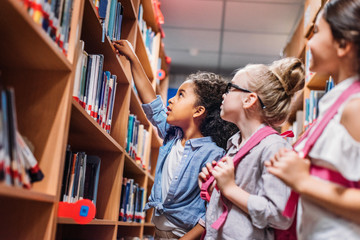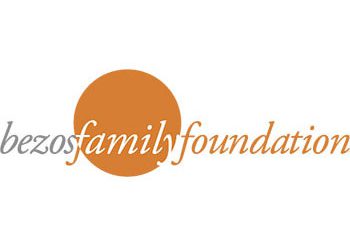Why Schools Should Partner with Public Libraries to Engage Families in STEM
Children don’t just learn when they’re sitting at a desk in a classroom. In fact, increasingly researchers have found that the knowledge and skills many students acquire outside of school—at home, in after-school programs, and as part of various informal learning experiences—are what widen the opportunity gap between children in poverty and those from more affluent homes.
Libraries are community resources where children and families can participate in the contexts, interactions, and experiences that promote learning and development. Libraries are a place where families can give their children ways to practice and extend what they’re learning in school. And when libraries, schools, and after-school programs work together, those connections to the curriculum are tighter, contribute to stronger performance for students in school, and give parents supports they need.
This report from the Global Family Research Project (2019) examines how public libraries, with federal and state support, are creating STEM learning that brings together children and families across the K–12 years. After interviewing leaders and reviewing key documents, this report was written summarizing “innovative and intentional ways that public libraries:
- Make STEM more equitable for children and families
- Engage parents and children in STEM learning together
- Connect school and out-of-school learning
- Create an avenue for youth voice and leadership”




